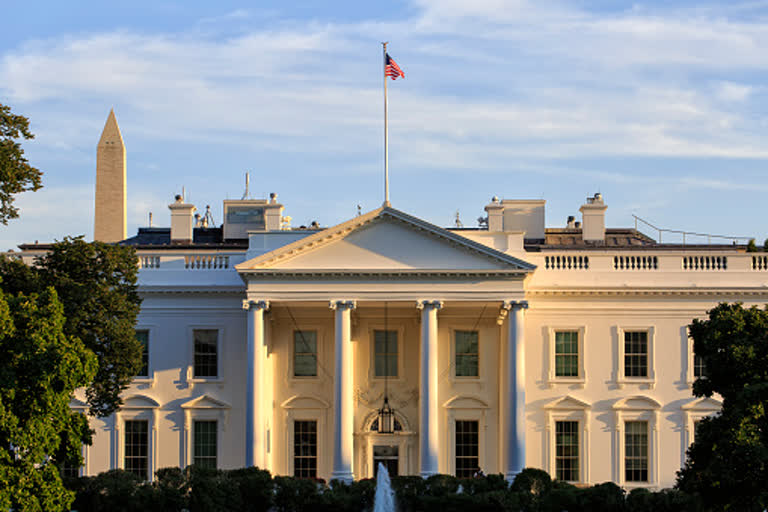Washington: The US Federal Reserve cut its benchmark interest rate for the second time this year on Wednesday but the policy committee is divided, with three of the 10 voting members dissenting.
The central bank also moved to ease concerns about a cash crunch on financial markets by adjusting its key policy tool to help pump more funds through the financial plumbing.
The Fed's policy-setting Federal Open Market Committee lowered the policy interest rate by 25 basis points to a target range of 1.75 to 2.0 per cent, as expected, and has now pulled back on half of the four interest rate increases in 2018.
"Although household spending has been rising at a strong pace, business fixed investment and exports have weakened," the FOMC said in a statement.
And while officials continue to believe the most likely outcome is for the economy to continue to grow and inflation to gradually increase, "uncertainties about this outlook remain".
Powell and other Fed officials frequently have cited the uncertainty generated by President Donald Trump's trade war with China which is hanging over the economy.
The Fed also cut the interest it pays to banks on cash reserves above the required level by 30 basis points to 1.8 percent, in a bid to push more cash into markets.
A cash shortage in recent days prompted the New York Fed on Tuesday and Wednesday to pump USD 128 billion in funds into the short-term market as interest rates soared and threatened to break out of the Fed's target range.
US Federal Reserve Chairman Jerome Powell is due to hold a press conference at 1830 GMT to explain the central bank's rationale, and likely will be asked about the glitch in the key US financial plumbing.
But his job is complicated by the clear division on the committee: one member wanted an even steeper rate cut, while two others opposed cutting rates.
The Fed's quarterly economic forecast also reflects the division among central bankers, as the median forecast calls for no further rate increases through the end of 2020 -- holding at 1.9 per cent down from 2.4 per cent in the June forecasts.
That contradicts most private economists who expect the central bank will feel the need to provide at least one more reduction in interest rates in 2019.
But it reflects the fact that five members expect or prefer a rate hike, five see no change, and seven forecasts or want to see another rate cut.
And that division comes even as the median forecasts for growth unemployment are about steady, with inflation gradually rising to the Fed's target of two per cent.
Read More: Former RBI Guv Rangarajan, Rajiv Kumar differ on economic slowdown



